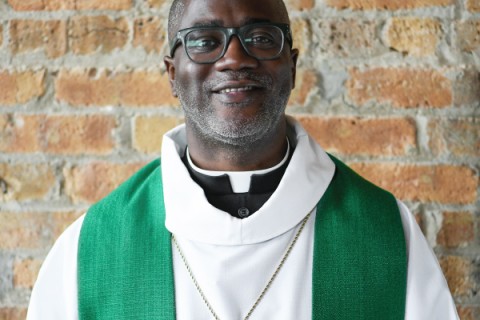Sunday, December 28, 2014: Luke 2:22-40
Luke’s first two chapters are a metaphorical retirement home for elders who are “looking forward to the consolation of Israel.”
When 73-year-old Morris Weiser reached up with his cane to tap the ceiling of the aging Chasam Sopher synagogue on Manhattan’s Lower East Side, a shower of decaying plaster fell onto the wooden pews below. “I’m scared that on Rosh Hashanah the ceiling will fall down and hurt someone,” Weiser told the New York Times.
That was almost 30 years ago, and Weiser, a retired butcher, had already been working for four decades to save the declining synagogue. He lost seven brothers and four sisters during World War II and was one of only 200 Jews to survive the terrors of the Janowska concentration camp in Poland, where at least 40,000 people were killed. After the war, Weiser came to New York and almost immediately began worshiping at Chasam Sopher.
By the late 1980s, though, the neighborhood had deteriorated, the synagogue had no rabbi, many of the members had moved elsewhere, and it was a struggle even to gather a minyan for services. Weiser himself was in declining health, his stomach damaged by his ordeal in the prison camp. “I’m broken down like this shul,” he said. Nevertheless, Weiser believed that God had saved him from Hitler in order that he might save this synagogue as a place of worship. One day, he said, gazing with hope into God’s future, “there’ll be a lot of Jews here.”




